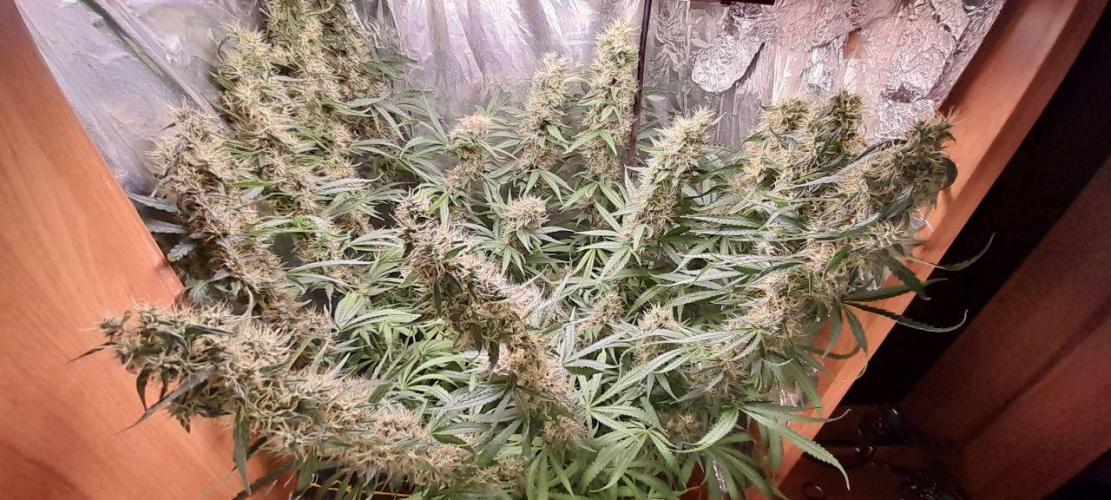The Grow Awards 2026 🏆
Last week of 24h before harvest ? AKA don't bullshit the bullshitter xD
John_Kramerstarted grow question 1mo ago
I've got some mad idea 😲 what IF xDDD
right now it's 7th week of flower (end of 13th week) and it'd be more 2 weeks so i'd think can i compensate the next 2 weeks of 12/12 with 1 week of 24... hmm😵
i'm gonna try it tomorrow and start watering with RO water
Hail broscience😁😂😎
Open
likes
Answer
francanswered grow question 1mo ago
No, you can't compensate for this by changing your lighting schedule, but if you do, you'll be well on your way to producing males and self-pollination.
3 likes
Complain
m0useanswered grow question 1mo ago
that's not really a question. Its a statement. Keep statements and updates to the diary.
5 likes
Complain
00110001001001111Oanswered grow question 1mo ago
guess i was a bit harsh, so have fun doing what you are doing, but the certainty of what you are saying is offbase. at best a maybe and morelikely false positive when applying existing knowledge to question it.
4 likes
Complain
Ultravioletanswered grow question 1mo ago
Looking good there John! Not sure what your rambling about, but your plants look nice.
2 likes
Complain
00110001001001111Oanswered grow question 1mo ago
Just because it didn't die doesn't make your narrative correct.
Also the sample size is too small to be confident about anything.
Your previous 80 DLI application:
What is likely occuring is called photoinhibition - light-enduced reduction of photosynthesis. The plant merely adapted to a harsh environment.
If you don't increase grams per sq ft while dumping 2-3x the amount of light and watts for this experiement, then it's just light inhibition. This is where the small sample size still makes whatever you 'learn' far from fact / far from proven. Genetic variety is already a wide range... a shitty pheno might only get 30g/sq ft. a really good pheno might hit 70g/sq ft and that's with ambient CO2 conditions. Anything that falls in that general range will be impossible to discern from normal volatility.
The 'correct' DLI relative to local variables is all you need - whether provided over 12h or 24h at the end (assuming you don't give 24h long enough for a re-vege). if you try to give more DLI it'll just adapt to it and reduce the amount of photosynthesis taking place so it doesn't cannibalize itself. Pigment in leaves will be less concentrated whether your naked eye can see it or not.
1 week of 24h may not cause a revege, but there's no circumventing the limiting factor of CO2 intake. Can't manifest plant mass from nothing - law of conservation of mass applies. We proved spontaneous manifestation as 'bro science' back in the 1800s thanks to groundwork by Pasteur.
all you will do is waste a lot of electricity for anything above and beyond what the 'max' DLI is for your local variables - temp, rh, amtospheric co2. On top of that, risk stem elongation due to a re-vege. What is th emeasureable benefit? If you can't compare to a control group, you've proven nothing.
3 likes
Complain







